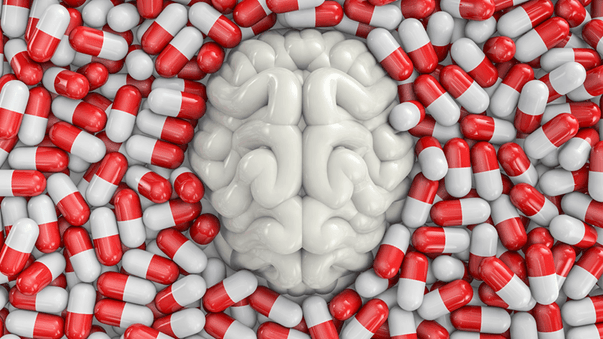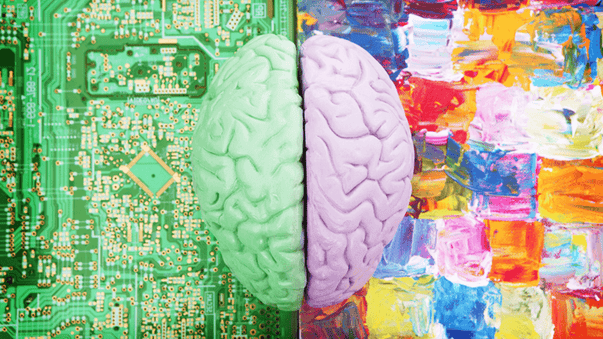Toward a Cure for Cancer

Among the many biomedical news items released last week, the Stanford University School of Medicine announcement that a combination of immune-stimulation agents seems able to cure different types of metastatic cancer in laboratory mice (see below) deserves a special mention.
“Our approach uses a one-time application of very small amounts of two agents to stimulate the immune cells only within the tumor itself,” said Ronald Levy, professor of oncology at the Stanford University School of Medicine. “In the mice, we saw amazing, body-wide effects, including the elimination of tumors all over the animal.”
“When we use these two agents together, we see the elimination of tumors all over the body,” added Levy. “This approach bypasses the need to identify tumor-specific immune targets and doesn’t require wholesale activation of the immune system or customization of a patient’s immune cells. I don’t think there’s a limit to the type of tumor we could potentially treat, as long as it has been infiltrated by the immune system.”
The researchers believe the local application of very small amounts of the agents could serve as a rapid and relatively inexpensive cancer therapy that is unlikely to cause the adverse side effects often seen with body-wide immune stimulation. Of course, only time will tell if this approach works to cure cancer in human patients. Meanwhile, we are impatiently waiting for the results of the first clinical trials.
Immunotherapy combination cures cancer in mice. Researchers at the Stanford University School of Medicine have found that injecting minute amounts of two immune-stimulating agents directly into solid tumors in mice can eliminate all traces of cancer in the animals, including distant, untreated metastases. A research paper published in Science Translational Medicine reports that 87 of 90 mice were cured of lymphoma tumors. Although the cancer recurred in three of the mice, the tumors again regressed after a second treatment. The researchers saw similar results in mice bearing breast, colon and melanoma tumors. One of the two agents is currently already approved for use in humans; the other has been tested for human use in several unrelated clinical trials. A clinical trial was launched to test the effect of the treatment in patients with lymphoma.
Re-engineered “stealth” virus for cancer therapy. Scientists from the University of Zurich have redesigned an adenovirus for use in cancer therapy. To achieve this they developed a new protein shield that hides the virus and protects it from being eliminated. A study published in Nature Communications shows that adapters on the surface of the virus enable the reconstructed virus to specifically infect tumor cells. According to the scientists, similar techniques could permit treating aggressive cancers in the future, by making the body itself produce a whole cocktail of therapeutics directly in the tumor.
Self-assembling nanoparticles could carry drugs and heat into tumors. Researchers at the Georgia Institute of Technology have developed nanoparticles made with light-sensitive materials that assemble themselves, and could one day become “nano-carriers,” providing doctors a new way to simultaneously introduce both therapeutic drugs and cancer-fighting heat into tumors. The nanoparticles, described in a research paper published in PNAS, could boost cancer therapy by heating the cancer cells while introducing the drug compound into the tumor.
Electrical stimulation of the brain’s lateral temporal cortex for enhanced verbal memory. Researchers at Mayo Clinic have found that low-intensity electrical stimulation of the brain’s lateral temporal cortex, the regions on the sides of the head by the temples and ears, can improve verbal short-term memory. A research paper published in Brain shows that, among 22 patients, the scientists found enhanced memory performance in the four patients with the lateral temporal cortex stimulated, but not in the patients with the other brain regions stimulated. The researchers are persuaded that these findings could lead to new stimulation devices that treat deficits in memory and cognition.
Programmable “smart gel” for bioengineering. Smart gel Engineers at Rutgers university have invented a “4D printing” method - 3D printing structures that change shape over time with temperature - for a flexible, shape-morphing, programmable “smart gel” that could lead to the development of “living” structures in human organs and tissues, soft robots and targeted drug delivery. A study published in Scientific Reports demonstrates fast, scalable, high-resolution 3D printing of hydrogels, which remain solid and retain their shape despite containing water.
Printing drugs on food with QR authentication codes. Researchers at the University of Copenhagen have developed a new method for the production and delivery of medicine. The new method, described in a study published in International Journal of Pharmaceutics, permits printing medical drugs in QR coded patterns onto an edible material. The production can be tailored to fit each patient and has the potential to protect against wrong and fake medications, since a quick scan can reveal all the information about the pharmaceutical product.
More Articles
Don't miss a beat! In our Pulse Newsletter, Thrivous curates the most important news on health science and human enhancement, so you can stay informed without wasting time on hype and trivia. It's part of the free Thrivous newsletter. Subscribe now to receive email about human enhancement, nootropics, and geroprotectors, as well as company news and deals.
Read more articles at Thrivous, the human enhancement company. You can browse recent articles in Thrivous Views. See other Pulse Newsletter articles. Or check out an article below.
-
Consumer Reports Is Wrong About Memory Supplements
I'm generally a fan of Consumer Reports, but sometimes they make mistakes. Their most recent mistake is in the form ...
-
Advances in Neuromorphic Computing and Neuroscience
Many exciting brain science and technology news items released last week, summarized below, show that neuroscience is advancing very fast, ...


